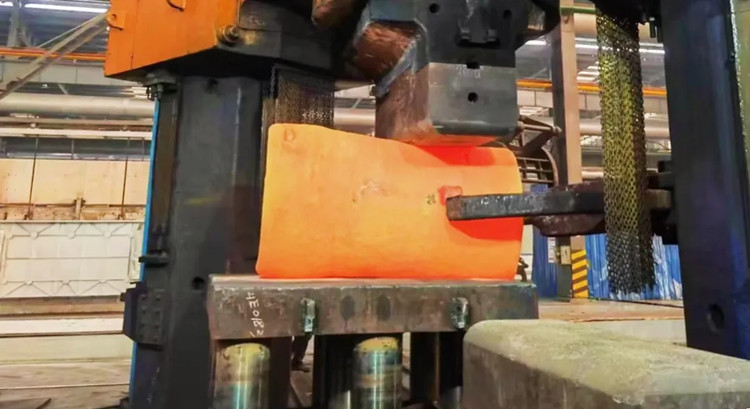- tyler@kirail.com
- +86 15603721115
Based on the part drawing and combined with the characteristics of the free forging process, it is the core content of the process specification and the basis for formulating the forging process and forging inspection. The forging drawing must accurately and comprehensively reflect the special content of the forging, such as fillets, slopes, etc., as well as the performance, organization and other technical requirements of the product.

The following factors should be considered when drawing:
1. Finishing
For structures that are difficult to forge by free forging methods, such as keyways, tooth grooves, back knife grooves, small holes, blind holes, steps, etc., a part of the metal must be temporarily added to simplify the shape of the forging. This part of the metal added for free forging to simplify the shape of the forging is called finishing.
2. Forging allowance
The allowance added to the machining surface of the part for cutting is called forging allowance. The size of the forging allowance is related to factors such as the material, shape, size, batch size, and actual production situation of the part. The larger the part and the more complex the shape, the larger the allowance.
3. Forging tolerance
Forging tolerance is the allowable variation of the nominal size of the forging. Its value is related to the shape and size of the forging and is affected by specific production conditions.